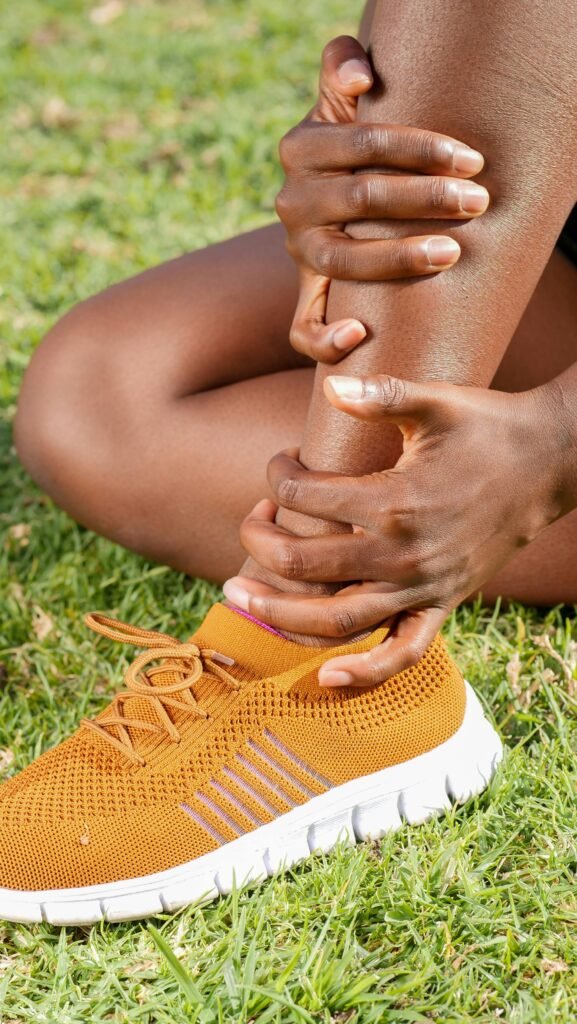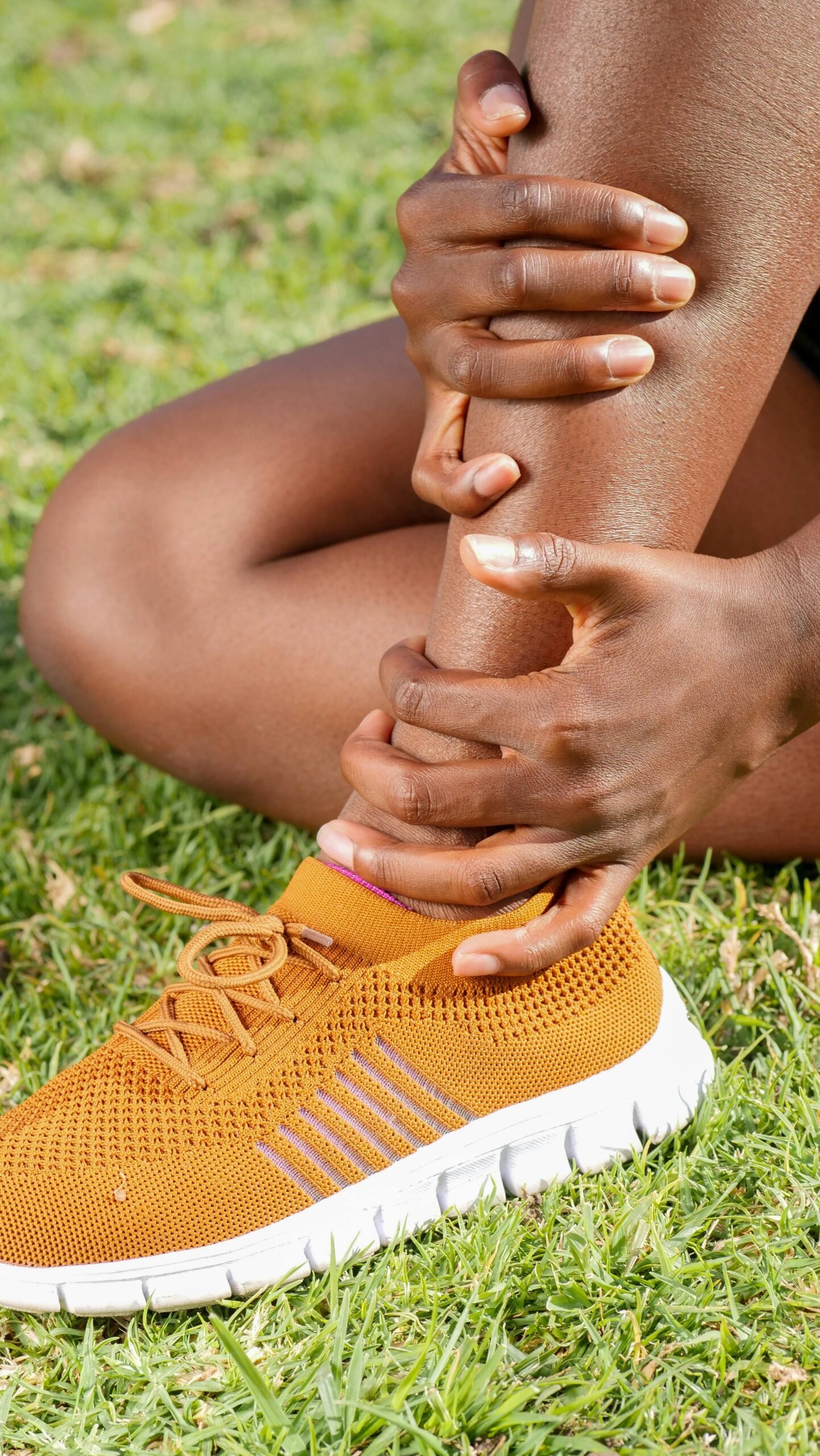
The Importance of Training the Tibialis Muscle
Table of Contents
Understanding the Tibialis Muscle
The tibialis muscle comprises a group of muscles located in the anterior compartment of the lower leg, primarily responsible for various movements of the foot and ankle. Among this group, the tibialis anterior is the most prominent. Originating from the lateral condyle of the tibia and inserting along the medial cuneiform and first metatarsal bones of the foot, the tibialis anterior plays a critical role in foot function and overall mobility.
The primary function of the tibialis anterior is to facilitate dorsiflexion, which involves lifting the toes upward towards the shin. This action is vital for normal walking, running, and other athletic endeavors, as it aids in the clearance of the foot during the swing phase of gait. Additionally, the tibialis anterior stabilizes the ankle joint, allowing for efficient weight transfer and balance during various movements. A well-conditioned tibialis muscle contributes to proper alignment of the feet and lower extremities, which can significantly affect overall biomechanics.
Moreover, a strong tibialis anterior assists in reducing the risk of common lower leg injuries, such as shin splints and ankle sprains. Enhancing the strength and flexibility of this muscle can improve walking efficiency and reduce fatigue by promoting a more stable and balanced gait pattern. Athletes, in particular, can benefit greatly from focused tibialis training, as it allows for greater explosive power during foot strikes and overall performance optimization.
In summary, understanding the anatomy and function of the tibialis muscle, particularly the tibialis anterior, highlights its importance in daily movements and athletic performance. By ensuring strength and stability in this muscle group, individuals can enhance their overall mobility, reduce injury risk, and achieve higher levels of physical performance.
The Benefits of Exercising the Tibialis Muscle
The importance of training the tibialis muscle is something that is rather overlooked in typical training. Strengthening this muscle offers numerous benefits that extend beyond merely enhancing athletic performance; it can significantly improve agility, speed, and power. These attributes are crucial for athletes engaged in sports that require quick lateral movements or rapid acceleration, such as soccer, basketball, and track events. By focusing on tibialis muscle training, athletes can gain a competitive edge through improved biomechanical efficiency, allowing for a more effective push-off during sprints and increased stability during dynamic activities.
Additionally, strengthening the tibialis muscle can serve as a preventive measure against common injuries in the lower leg, including shin splints and ankle sprains. These injuries often arise from imbalances or weakness in the lower extremity muscles. By enhancing the strength and functionality of the tibialis, individuals can promote better mechanics while running or jumping, thereby reducing the risk of strain and injury. Moreover, this muscle supports the ankle joint, providing essential stability that can mitigate the occurrence of sprains, particularly during high-intensity activities.
For those recovering from injury, targeted exercises for the tibialis muscle can facilitate rehabilitation. Engaging this muscle aids in restoring normal function to the ankle and foot by improving proprioception and mobility. It is essential in regaining full range of motion and strength, ultimately leading to a swifter return to sports and daily activities.
Overall, incorporating tibialis muscle training into a fitness regimen contributes significantly to lower body strength and functional fitness. Enhanced stability, reduced injury risk, and improved athletic performance collectively highlight the importance of this often-overlooked muscle in one’s exercise routine.

Effective Exercises to Train the Tibialis Muscle
The tibialis muscle plays a crucial role in foot mobility and stability, making it essential to incorporate targeted exercises into your fitness routine. Below are effective exercises designed specifically to strengthen the tibialis muscle, including step-by-step instructions and modifications for various fitness levels.
1. Toe Raises: Stand upright with your feet hip-width apart. Slowly lift your toes off the ground while keeping your heels planted. Hold this position for a few seconds and then lower your toes back down. For added difficulty, perform this exercise on a step or an elevated surface to increase the range of motion. Beginners can start with their weight evenly distributed, while advanced individuals can try performing this on one leg for increased challenge.
2. Resistance Band Dorsiflexion: Sit on the floor with your legs extended in front of you. Secure a resistance band around the top of your foot, and anchor the other end under your foot or to a sturdy object. Flex your ankle to pull your foot toward you while keeping your knee stable. Slowly return to the starting position. This exercise can be adjusted by using lighter or heavier bands depending on your strength level.
3. Tibialis Raises: Begin in a standing position with your feet hip-width apart. Flex your ankle while lifting the front of your foot off the ground, ensuring that your heel remains in contact with the surface. Hold for a moment and then lower your foot back down. To challenge yourself further, try this exercise on a slope or with added weights in your hands for increased resistance. Beginners should practice this motion with minimal resistance to perfect their form first.
As with any exercise program, appropriate form and technique are vital to maximize effectiveness and minimize injury. Focus on controlled movements, and be attentive to any discomfort or strain. By incorporating these exercises into your routine, you can enhance the strength and functionality of your tibialis muscle, leading to improved overall performance and stability.
Incorporating Tibialis Training into Your Fitness Routine
Integrating tibialis muscle training into your fitness regimen is essential for developing balanced lower body strength and enhancing athletic performance. To begin, it is recommended to incorporate tibialis exercises into your routine two to three times per week. This frequency allows adequate recovery while promoting muscle adaptation. Ideally, you should schedule these sessions on non-consecutive days, ensuring that your muscles are not overworked and ample time is provided for recovery.
When it comes to specific sets and repetitions, performing 2 to 4 sets of 10 to 15 repetitions for each exercise is a suitable range. This approach targets both strength and endurance of the tibialis muscle. Including exercises such as toe raises, heel walks, and ankle dorsiflexion can effectively isolate and strengthen the tibialis anterior. It is beneficial to perform these movements post your main workout or as a part of your warm-up routine to maximize blood flow and prepare the muscle for more extensive work.
Furthermore, combining tibialis exercises with other lower body workouts creates a comprehensive strength training plan. Exercises like squats, lunges, and deadlifts not only strengthen major muscle groups but also engage the tibialis muscle when performed with proper form. Focus on activating your tibialis during these exercises to further enhance strength development.
To track progress in your tibialis training, maintain a workout journal detailing the exercises completed, the weight used, and the number of repetitions performed. This practice allows you to monitor improvements over time and identifies areas that may require adjustment. As you become stronger, gradually increase the resistance or the number of repetitions to continuously challenge your tibialis muscle. Keeping a flexible approach to your training routine ensures ongoing gains and encourages sustained commitment to your fitness goals.
If you found this post to be helpful, then you may be interested in the rest of our blog page here.
At Gear Affiliate, we always want to give our readers more resources to research. Below are a few sources that we have found to be helpful relating to this topic.


